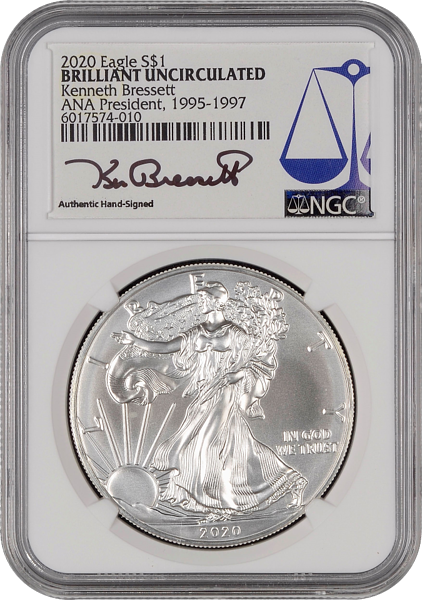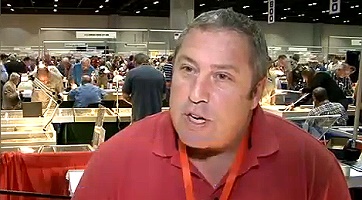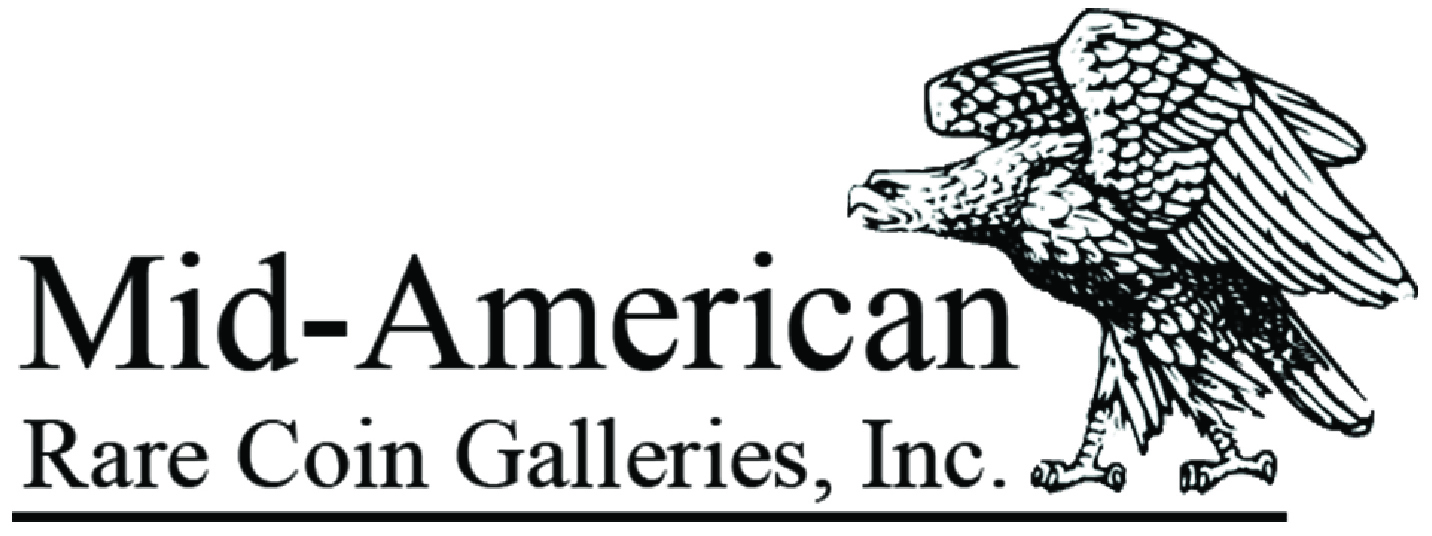During the day, my office television is usually set on CNBC for the latest financial headlines. For nearly a year now, the news channel has been hyper-focused on the Federal Reserve and interest rates. The talking heads obsess over every utterance by Chairman Jerome Powell and the effects on the markets and U.S. economy each time rates have increased. Interest rates have skyrocketed at the fastest pace in recent history. Money that was nearly free now carries substantial costs for anyone needing a loan.
Rising interest rates have definitely impacted the rare coin and bullion market in the last several months. The costs for dealers to leverage their inventory positions have increased substantially, and many have told me they are trimming inventory in response. This leads to more supply on the market for everything from bullion-related coins to rare coins.
Some collectors also borrow money to buy rare coins, and this has now become prohibitively expensive. Until recently, collectors could use home equity loans for rare coin purchases with minimal interest costs. Those rates have now increased to 8-10% and could rise even higher if the Fed needs to continue fighting inflation.
 The demand for gold and silver bullion, such as American Silver Eagles, has plummeted in the last several weeks. Premiums for these have fallen from over $15 per coin to just a few dollars. Prices for circulated Morgan and Peace dollars have also somewhat dropped lately. This contrasts sharply with the near-manic demand for bullion in March, when two or three major banks failed. Customers were literally rushing to withdraw their money from banks to buy bullion. The news cycle has moved on from that near-disaster, and bullion is no longer a “must-have” for nervous individuals.
The demand for gold and silver bullion, such as American Silver Eagles, has plummeted in the last several weeks. Premiums for these have fallen from over $15 per coin to just a few dollars. Prices for circulated Morgan and Peace dollars have also somewhat dropped lately. This contrasts sharply with the near-manic demand for bullion in March, when two or three major banks failed. Customers were literally rushing to withdraw their money from banks to buy bullion. The news cycle has moved on from that near-disaster, and bullion is no longer a “must-have” for nervous individuals.
Higher interest-carrying costs are one the major factors suppressing bullion prices. The fight against inflation (by raising interest rates) seems to be working, and this further dampens demand. Our companies have been buying substantially more bullion from the public in the last few weeks. Even with greatly compressed premiums, retail buyers for gold and silver bullion have become scarce. It will probably take another headline event to rouse interest in bullion for the near term.
I contacted several dealers while working on this article. Steve Ivy, Co-Chairman of Heritage Auctions, stated that “we have not seen a material change in the market so far.” He did note that some collectors are selling for estate purposes and have been able to get around 5% for their money after liquidating, which makes the proposition more attractive. We both agreed that collectors buying trophy coins seem unconcerned with higher interest rates. The best of the best continue to break auction records when they are offered for sale.
Another dealer, Bill Gale of GovMint, mentioned that “Collectors are still more worried about rising inflation than rising interest rates. Every country is committed to devaluing their currencies in the long run.” Bill is spot on about inflation. Wage inflation alone, which is nearly impossible to lower, guarantees that inflation will continue to be an issue. Historically, collectibles thrive in an inflationary environment.

Robby Greenberg of Park Avenue Numismatics submitted this observation: “Rising interest rates often result in a stronger economy, leading to increased competition from other investment options, such as stocks and bonds. As a result, some investors may choose to divert their funds away from rare coins.” There is no doubt that some collectors will be less willing to part with money that can be invested with little risk at current levels above 5%.
Steve Eichenbaum, CEO of the Certified Collectibles Group (which includes NGC and other companies), notes that “business remains strong but rising interest rates could be a factor for large bulk customers.” This comment probably takes into account the issue of higher inventory costs due to rising interest rates mentioned earlier. Many of the large marketing and retail coin companies in the United States have giant inventories. Operating these businesses requires lots of capital, some of which is provided by banks or other institutions. Higher interest costs will undoubtedly be factored into new projects.
A recent article in the Wall Street Journal titled “It’s Money over Memorabilia” mentioned that some collectors of memorabilia, such as baseball cards, vinyl records, and sneakers, have been selling off their collections. The article stated, “Some collectors say they don’t have a choice. Their budgets have been squeezed by inflation and unexpected setbacks. And their debts are mounting just as higher interest rates make the cost of carrying debt overwhelming.” Fortunately, for collectors who are thinking of selling most collectibles, including rare coins, the market remains strong.

Consumer debt in the United States has soared in the last few years. Americans owe over $1 trillion in credit card debt alone. About 43% choose to only pay the minimum payment on an average $6,000 credit card balance. Interest rates for credit cards now average well over 20%. This increased debt load will probably have an impact on discretionary spending, including entry-level numismatics.
For now, rising interest rates are a concern, but they have not damaged the market for rare coins substantially. As mentioned above, inflation is a bigger issue. Over the long term, as governments around the world, including the United States, grapple with massive sovereign debt, inflation is practically guaranteed. The market for collectibles will also continue to benefit from a shift in interest of history and nostalgia. The growth of the hobby during the COVID-19 crisis should continue to pay dividends, as long as collectors have extra money to spend.
The conflicting forces of inflation concerns and rising interest rates will undoubtedly be destabilizing for collectibles and many other areas of the economy. For now, the market seems firm. The recently concluded ANA World’s Fair of Money in Pittsburgh was a roaring success for anyone with a substantial inventory. We are also coming out of the typical summer doldrums and many dealers are hopeful for an active fall and winter season. The future for rare coins seems bright, but the landscape has certainly become more complicated.
